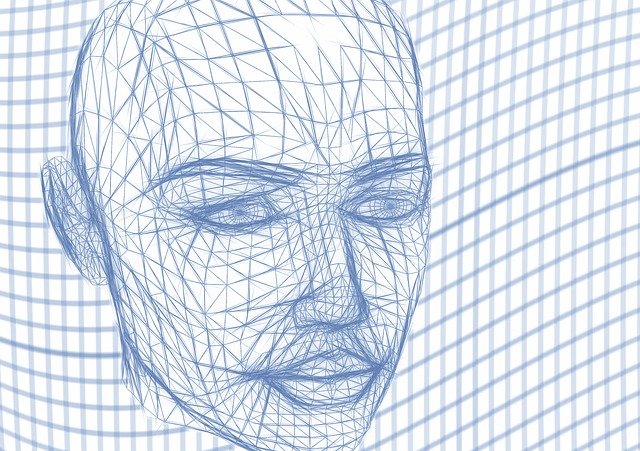
Semiosis studies the production of signs and the construction of reality.
The dictionary of the Royal Spanish Academy ( RAE ) does not include the term semiosis . The concept, however, is used in the academic and scientific field to refer to the processes and activities that involve signs .
A sign is an element that, whether by convention or nature, allows it to replace or represent another . Semiosis, in this framework, takes place in the mind of the person who interprets the sign: it begins with perception and is completed with the mental appearance of the object of the sign in question .
Production of signs
It can be said that semiosis involves producing signs . The term is also linked to the way in which these signs act to generate meaning .
Semioticians define semiosis in different ways and analyze it from different perspectives. At a general level it can be stated that semiosis is about the procedure through which something functions as a sign .
It is important to keep in mind that the sign is related to its object and, simultaneously, to the individual who interprets it. In this framework it is necessary to mention the names of two people who have contributed considerably to the development of semiosis: Charles Sanders Peirce and Charles Morris .
From signs to meanings
Another way to study semiosis is as the inalienable and continuous experience of living beings when converting signals into meanings . Said conversion is carried out according to the conventional norms that are agreed upon in the social context of the subject.
Semiosis, thus, goes from sensory perception to the construction of meaning , which makes a being become a social subject.
The three approaches
Today, the study of semiosis is carried out taking into account the following three approaches:
* a pragmatic one, according to which the most important point is the action of signs ;
* a structural-generative one, for which semiosis is an operation that generates signs;
* one according to which the joint and reciprocal action of signs, their interpreters and their objects must be observed. Throughout this process, these three pillars of semiosis contribute to the subject being able to produce meaning and construct reality.
Charles Sanders Peirce
Charles Sanders Peirce was an important American scientist, logician, and philosopher born in 1839. Given his contributions to research, he is considered the father of modern semiosis, among other titles awarded to him for his tireless work. His training was always linked to the academic field, including the fields of chemistry, mathematics and astronomy.
According to Peirce's theory, semiosis establishes a link between the interpretant , the object and the representamen (the sign).
For Peirce, semiosis has a close relationship with logic, so that it is possible to consider any mental content a sign, as well as affirm that every process of the mind is, in turn, a semiotic one.

The social aspect is important in all theories of semiosis.
Charles Morris
The semiotician and philosopher Charles Morris was born in the United States in 1901. He dedicated his years as a university student to engineering, and there his interest in symbols and their meanings arose. This led him to approach language and, later, philosophy.
Morris published the work Signs, language and conduct , in which he talks about semiosis as a process that involves the action of three elements: the sign, the designatum and the interpreter (note that the quantity is the same as Peirce points out). According to his theory, the semiotic process takes place when a thing acquires meaning in relation to the social system and is transformed into a sign.
